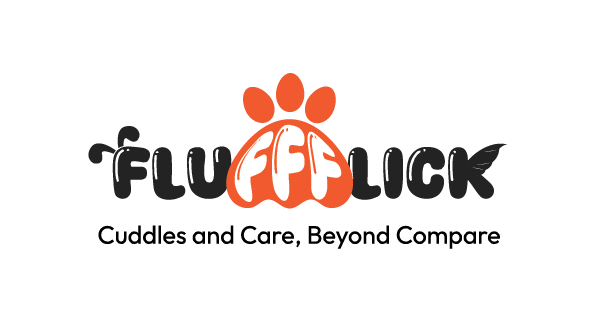Just like humans, cats have unique lifestyles that influence their health and susceptibility to certain risks. As responsible pet owners, it’s essential to be aware of these factors and take proactive measures to mitigate potential risks and ensure the well-being of our feline companions. Let’s explore some common risk elements and how they intersect with your cat’s lifestyle.
1. Indoor vs. Outdoor Living:
The decision to keep your cat indoors or allow outdoor access significantly impacts their risk profile. Indoor cats are generally safer from outdoor hazards such as traffic accidents, predators, and infectious diseases. However, they may face challenges related to boredom, obesity, and behavioral issues due to limited environmental enrichment.
Outdoor cats, on the other hand, enjoy greater freedom and stimulation but face increased risks of injury, exposure to toxins, and infectious diseases. Providing outdoor cats with supervised outdoor time or creating a safe outdoor enclosure (catio) can help mitigate risks while allowing them to enjoy the benefits of outdoor exploration.
2. Diet and Nutrition:
Your cat’s diet plays a crucial role in their overall health and well-being. Poor nutrition, such as a diet high in fillers or lacking essential nutrients, can lead to obesity, nutritional deficiencies, and various health problems. Conversely, a balanced diet consisting of high-quality protein, essential vitamins, and minerals supports optimal health and longevity.
3. Environmental Enrichment:
Enriching your cat’s environment with toys, scratching posts, perches, and interactive play sessions is essential for their mental and physical stimulation. Without adequate enrichment, cats may exhibit behaviors such as boredom, stress, or destructive behavior. Enrichment activities help fulfill your cat’s natural instincts and prevent behavioral issues associated with a sedentary lifestyle.
4. Veterinary Care and Preventive Measures:
Regular veterinary check-ups, vaccinations, parasite control, and preventive care are essential components of maintaining your cat’s health. Neglecting veterinary care can leave your cat vulnerable to preventable diseases, parasites, and health issues that may worsen over time. Establishing a relationship with a trusted veterinarian and adhering to their recommendations ensures proactive management of your cat’s health needs.
5. Stress and Anxiety:
Stressful environments or situations can negatively impact your cat’s health and behavior. Common stressors include changes in routine, new pets or family members, loud noises, and inadequate socialization. Identifying and addressing sources of stress through environmental modifications, pheromone therapy, and behavior modification techniques can improve your cat’s overall well-being.
6. Exercise and Activity Levels:
Regular exercise and physical activity are essential for maintaining your cat’s physical fitness and mental stimulation. Lack of exercise can contribute to obesity, boredom, and behavioral problems. Providing opportunities for play, interactive toys, and vertical space for climbing and exploration helps keep your cat active and engaged.
7. Neutering and Spaying:
Neutering (for males) and spaying (for females) not only prevent unwanted litters but also offer numerous health benefits for cats. Neutered/spayed cats are less likely to roam, engage in territorial behaviors, and develop certain reproductive-related health issues such as mammary tumors or uterine infections.
Conclusion:
Understanding the risk elements that intersect with your cat’s lifestyle is essential for promoting their health, happiness, and longevity. By addressing these factors proactively through proper nutrition, environmental enrichment, preventive healthcare, and attentive management, you can provide your feline friend with a safe, fulfilling, and enriching life. Remember, each cat is unique, so tailor your approach to meet their individual needs and preferences for optimal well-being.


